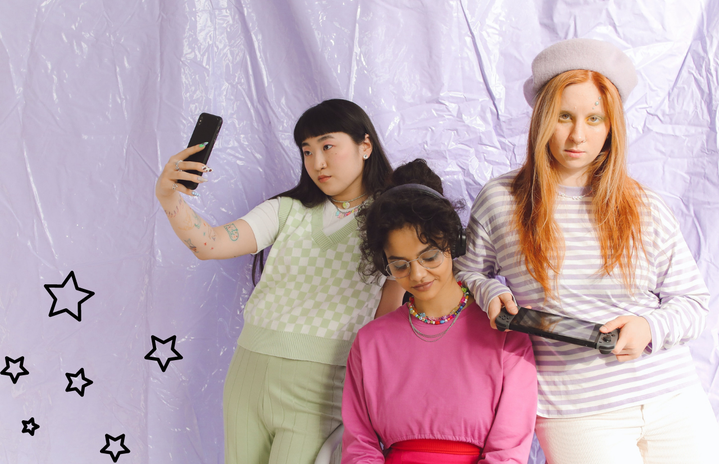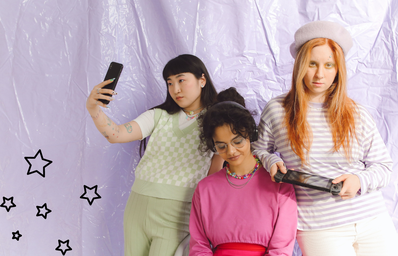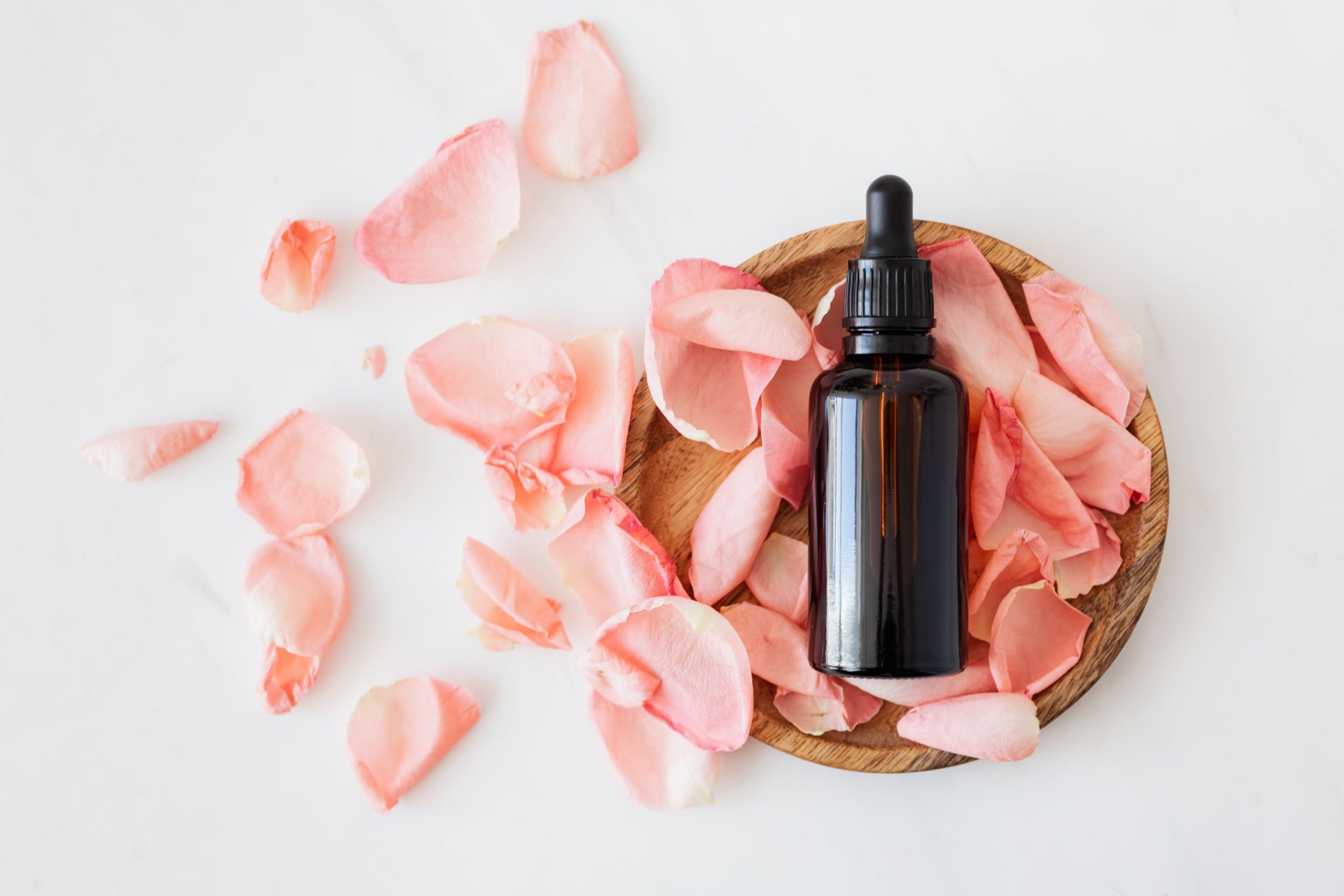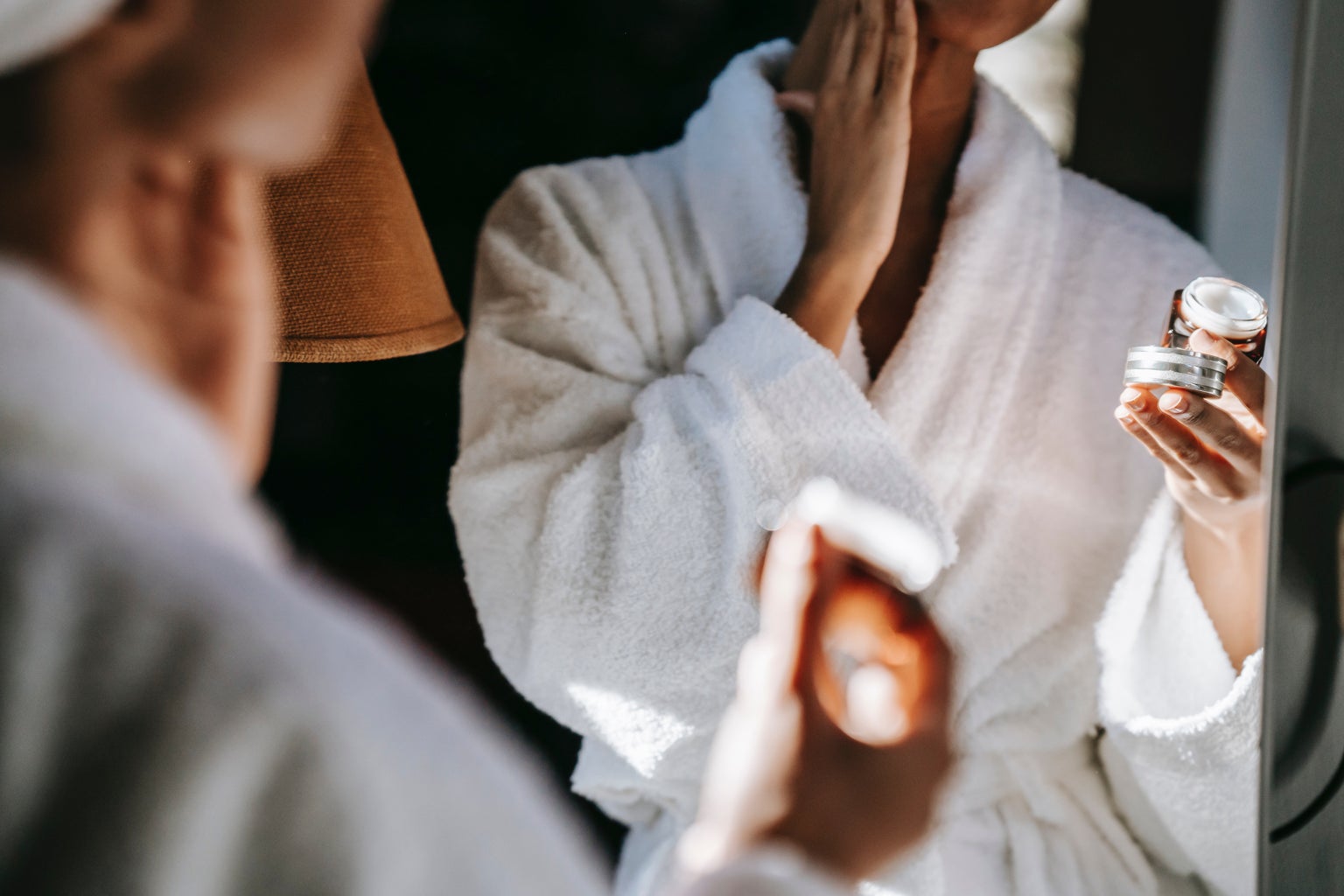After helping build the vanity and bedroom desk for a close, young family friend, I was shocked to see the sheer amount of beauty products that the girl neatly arranged in the furniture’s drawers.
Don’t get me wrong, I enjoy indulging in some quality skincare products that I feel help my body and skin every once in a while, and I have even purchased some rather pricey makeup products. Yet, the plethora of Drunk Elephant and Fenty Beauty stored away in the newly-constructed white vanity stunned me… and I’ll admit, I was a little jealous!
After this incident, I became acutely aware of the beauty influencers popping up on my social media pages, especially on TikTok. The app bombarded me with advertisements for facial toners and anti-aging creams, which caused me to question the intended audience.
As someone who is somewhat susceptible to the influence of advertisements and online videos — though never to the point where I shop from a show such as QVC — I started to wonder what the target demographic for these items was, and thus began my search for the influencers and everyday persons shilling these products.
Now, tell me why a pre-pubescent child popped up in my search for anti-aging creams? And she was not the only one. This little girl, no more than ten years old— 11, maybe, if I’m being generous — has absolutely no wrinkles, no blemishes, and has yet to be graced by her first zit. Yet, she is smearing her forehead and the outer corners of her eyes with a retinol cream. I was, and still am, dumbfounded.
Retinoids, derived from vitamin A (also known as retinol), are commonly prescribed by health professionals to treat several skincare matters in adolescents — namely, acne. As an adapalene user with oily-skin, my issue with retinoids stems not from its prescribed or recommended use to treat acne and pimples, but rather the notion that one should use these products to minimize the appearance and chance of wrinkles and other signs of skin aging.
Still, no studies have shown that starting anti-aging treatments at such a young age effectively wards off wrinkles and signs of aging — so why start? I mean, the greater question is, why be afraid of aging?
I used to be certain that at the age of 21, I was the target demographic for these anti-aging products, but now I am not so sure. That number has been shifted down a decade.
The small child on social media with her retinol cream, prompted by the advertisements from big name-brand companies and popular social media personalities, will fear aging before she even has a chance to breach into adulthood.
I’m thinking of how Naomi Wolf’s 1990 book “The Beauty Myth: How Images of Beauty Are Used Against Women,” holds much of the same weight in the world we know today. The fear of aging, Wolf asserts, is “spread and reinforced by the cycles of self-hatred provoked in women by the advertisements, photo features, and beauty copy in the glossies” (p. 73).
We have entered a world permeated by advertisements accessible anytime with just the click of a button. The advertisements that once infiltrated the minds of the everyday person via billboards and magazines still exist, but we have portable “glossies” on us at all times. The children that I see so easily affected by the advertising from influencers and brands haven’t known another world. They only know the one we currently experience — one that places a device filled with content-trackers and marketing as soon as they attempt to connect with the world through the web.
In a critique of the informal, friendly voice of beauty-writers in magazines, Wolf writes “The voice encourages trust. It has evolved a tone of allegiance to the reader, of being on your side with superior know-how and resources, like a woman-run social service: ‘Many cosmetics companies are on hand to help’; ‘We know how to make a difference. Let our beauty specialists guide you step by step’” (p. 74).
I do not blame these children. I do not entirely blame their parents for allowing a device to be put in their hands. I do, however, find fault with the exploitation of these young minds and their susceptibility to advertising. I do, unfortunately, find fault with beauty influencers.
Today, this voice comes directly out of the mouths of beauty influencers, people who are paid pretty pennies to represent and sell a brand. They tell their audiences “This is the beauty product of the summer,” and “This product makes me look 10 years younger.” As if the children clinging onto their every word could stand to look 10 years younger. They would look like newborns if they could.
I see this advertising strategy as a form of hostility towards women — girls, really — who cannot even grow into themselves before they are told to hate the way they appear naturally; I see this as an attack on future generations.
My plea is this: let children age. Let adults age. Let women — young, old, and in-between — live their lives without the worry that their worth is based on the sheen of their skin and the amount of (or lack thereof) fine lines.




